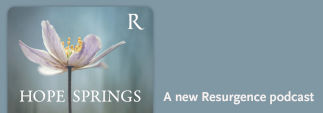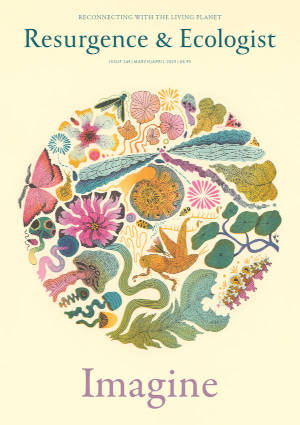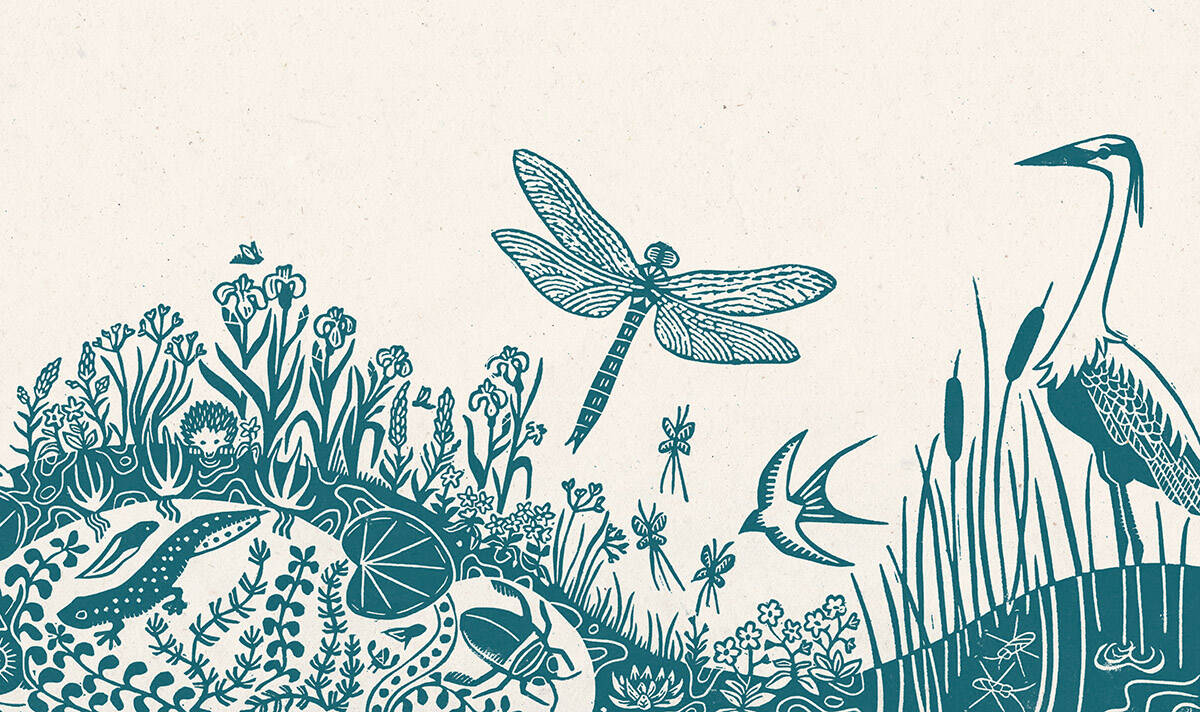They call it the Anthropocene – the new geological epoch humans have created by shaping Earth processes and causing the sixth mass extinction. Despite being a notable achievement, creating a new geological epoch is not something we should be proud of. The resource-consuming behaviour of the rich few and the cumulative impacts of the struggling poor majority are causing systemic changes to Earth processes that may see our ultimate demise.
We know the situation is serious because people with ridiculous amounts of money are looking longingly at the night sky, searching for new ‘homes’ on distant planets. For the majority of Earth’s human population the concept of the Anthropocene is largely meaningless and indeed a concept that is distant in both time and place. Yet we are living in what Slovenian philosopher Slavoj Žižek calls the ‘End Times’, and we need to find ways of engaging, deeply and intimately, with this reality. We can’t ignore it because it’s nasty and sad! We are silencing, or as German sociologist Hartmut Rosa put it, muting the world.
The Anthropocene is, at heart then, a great muting.
I have spent much of my life in states of both shallow and deep depression, trying to find a meaningful way of building a loving relationship with a world in crisis. It has not been easy.
I became more hopeful when I started working with a number of First Nations artists and musicians from northern Australia. Through their wisdom I started to formulate a new discourse of environmentalism that was to change my life and the way I engaged with environmental crises such as climate breakdown.
What I witnessed were people who practised something very simple, yet profound – a type of listening that had allowed them to survive, and thrive, for up to 60,000 years. By listening to country – what ethnographer Deborah Bird Rose defines as “people, animals, plants, Dreamings; underground, earth, soils, minerals and waters, surface water and air” – they had engaged deeply and intimately with their environment in ways that sustained them and, through a beautiful listening-based kinship, sustained the environment on which they depended.
I returned from Australia to a damp, grey UK with the belief that sound and listening held the key to planetary wellbeing. Not just any type of listening, but a deep listening to the soundscape, or country.
It was during discussions with musician and producer Harry Coade that the idea of soundscape analysis and design to address environmental crises was born. And, over the past ten years, our organisation, Sound Matters, has worked on some fascinating projects: a soundscape regeneration initiative in southern Spain, a soundscape music collaboration in Morocco (which resulted in the establishment of the Gnawa State 7 world music initiative), a Soundscapes for Biodiversity installation with Great Dixter Charitable Trust, and some sonic rewilding initiatives with garden designers Urquhart and Hunt. Currently we are engaged in a truly wonderful rewilding soundscape collaboration and retreat offering with Broughton Sanctuary* in Yorkshire.
Our work has resulted in the development of a new concept: sonic rewilding. When the word ‘rewilding’ is mentioned, it conjures up certain images. Indeed, it is often described in visual terms. Much of the resistance to rewilding actually comes from those who are worried about the visual aesthetics of landscapes, and their gardens, if they embrace it.
Thinking differently
Visual aesthetics are the basis of much of our engagement with landscapes and, importantly, how we design them. We rarely, if ever, think in terms of how we want landscapes to sound. It was whilst working on a soundscape installation for the Urquhart and Hunt Rewilding Britain garden at Chelsea Flower Show that we were able to visit a number of rewilding sites where a particular animal was at work: the beaver.
It was beavers who made us realise the power of sonic rewilding as a concept. To say the areas where beavers work are untidy is an understatement – they often look a dreadful mess! The wonderful thing about these areas is that they challenge, and question, visual aesthetics and what we have grown to think a beautiful landscape should look like.
The soundscapes of these beaver-worked areas are truly astounding and are a much better indicator of the value of rewilded landscapes than any visual assessment. I had a similar experience in Spain when I visited an area that was a virtual rubbish dump. It looked horrible, but the soundscape was amazing, with nightingales, golden orioles, rollers, hoopoes... The list goes on.
Sonic rewilding forces us to think differently about the environment and what needs to be done in order to address the environmental threats we face. We live in a visual culture, and this means we approach environmental issues from a particular standpoint. We are often asked to imagine what the future we want to create looks like, and the environmental crises we face are presented to us in visual terms. Take climate breakdown, for example: pictures of polar bears stranded on icebergs, flooded towns, drought-stricken areas of East Africa, and dying cattle. What we forget is that every environmental crisis we face has an associated soundscape made up of soundmarks and indicator sounds.
Sonic rewilding presents an entirely new way of thinking about what needs to be done in order to create environments that can support both human and more-than-human life. Perhaps it’s time for us to relinquish notions of beauty that are no longer fit for purpose. Perhaps it’s time to love mess, to love scrubland, and to love the edgelands as described by Paul Farley and Michael Symmons Roberts in their book of the same name.
It is our belief that the soundscape allows for new ways of engaging with environmental issues. And, my goodness, do we need them! We have reached a point in human history where environmental discourse seems to be a fight between the ecomodernists, who believe that issues such as climate breakdown can only be solved through more technological hubris in the shape of electric cars and geoengineering projects, and those who believe we must have a complete dismantling of the capitalist system if we are to survive. (I tend to agree with the latter view.)
The soundscape allows us a different point of engagement with the crises we face. It brings the art of listening to the forefront of all efforts to address crises – listening to the more-than-human voices and the human voices that are being silenced. Listening then becomes an act of defiance and allows us to understand the processes shaping Earth. Through this process we are presented with the wonderful opportunity of sound designing the future we want.
When you finish reading this article, go outside and listen. What you will hear is the soundscape: it is made up of the sounds of all the processes shaping the environment you are in. If you want to change the world, design the soundscape you want to hear, and the world will change accordingly.








